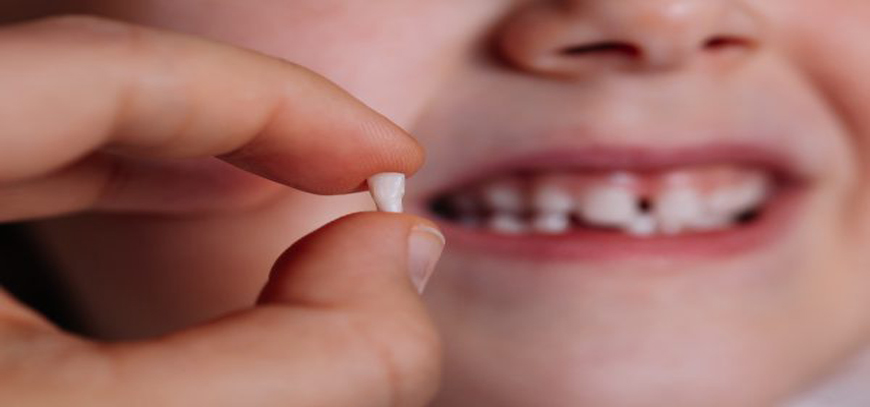Clinic Time:
- Morning: 10 A.M - 2 P.M
Evening: 4:00 P.M - 9 P.M
Contact Info
-
Phone: +91-6261474753
- Send an email
Milk Teeth Removal

Baby teeth are the first teeth of a baby and are essential for proper development. In some cases, an extraction of a baby tooth can be considered. In order for this avulsion to take place properly, the pedodontist follows a precise protocol so that your child is in the best possible conditions.
Extraction of baby teeth: why it is to be avoided?
Milk teeth appear as early as 6 months of age and finish growing around 3 years of age. The milk teeth consist of 20 temporary teeth. Although these teeth are not permanent, they are important in the good development of children. Indeed, they are used for chewing but also for learning language. Moreover, these temporary teeth also serve as a guide for the future growth of permanent teeth. It is therefore important to take care of them and to avoid removing them before they fall out. Indeed, bad brushing habits or cavities on baby teeth can have direct consequences on permanent teeth and getting the dentist to pull your child's baby tooth. To take care of your child's baby teeth, don't hesitate to consult a pedodontist once a year.
Causes of baby Milk Teeth Removal?
- If the baby tooth moves too much and interferes with the child's chewing,
- If the tooth is affected by a cavity and that during an X-ray the final tooth is seen about to appear,
- If the tooth is broken and the permanent tooth is growing underneath,
- If the milk tooth prevents the appearance of the permanent tooth,
- If the tooth is fractured following a violent impact and restoration is not feasible,
- If the baby tooth is too damaged and cannot be treated,
- A abscess can also be the cause of the extraction of a baby tooth.
The different techniques for a milk tooth extraction
Depending on the anchorage of the baby tooth in the jaw, the pedodontist may use different techniques to perform the extraction:
- For a simple extraction, under local anesthesia, the dentist moves the tooth with a small tool, the forceps. Then he removes the tooth with a dental forceps. If necessary, he may also perform a few stitches.
- On the other hand, if the baby tooth is well rooted, the dentist will remove the attachments of the tooth with a sharp tool. Then he will use an elevator positioned between the bone and the tooth to move it. Finally, the tooth is removed with forceps.
What is the care following a tooth extraction in children?
After a baby tooth extraction, it is important to follow the dentist's recommendations. Indeed, the dentist may advise your child to :
- Do not brush the extraction area for the first 4 days to promote healing,
- Not to eat or drink food that is too hot,
- Prefer soft foods or blended foods,
- To sleep with your head elevated,
- Rinse your mouth with warm, salty water to accelerate healing.

